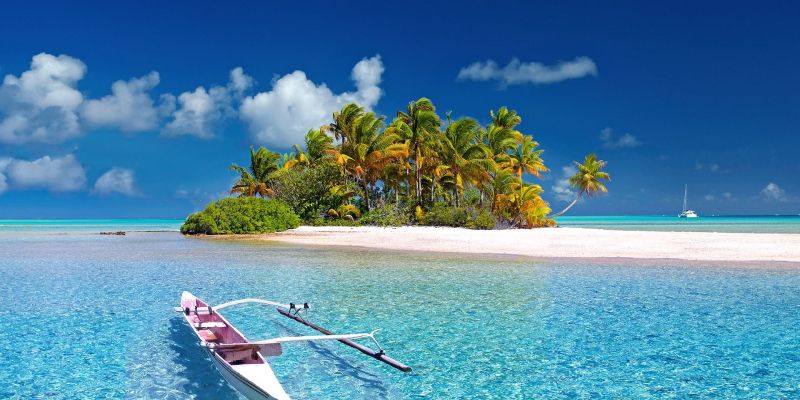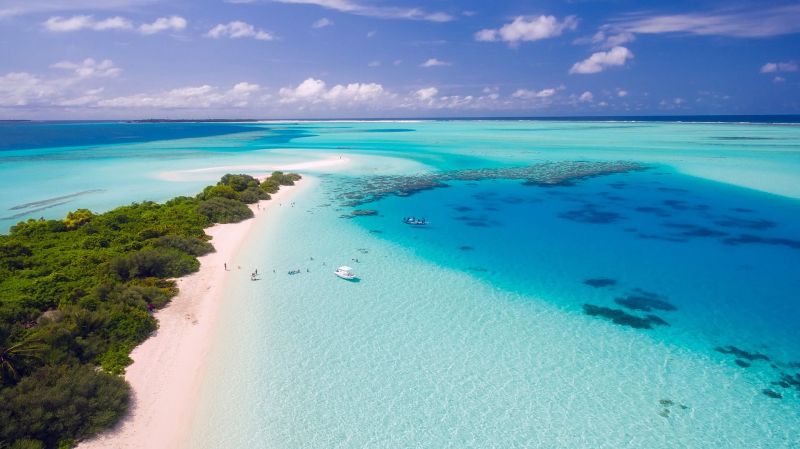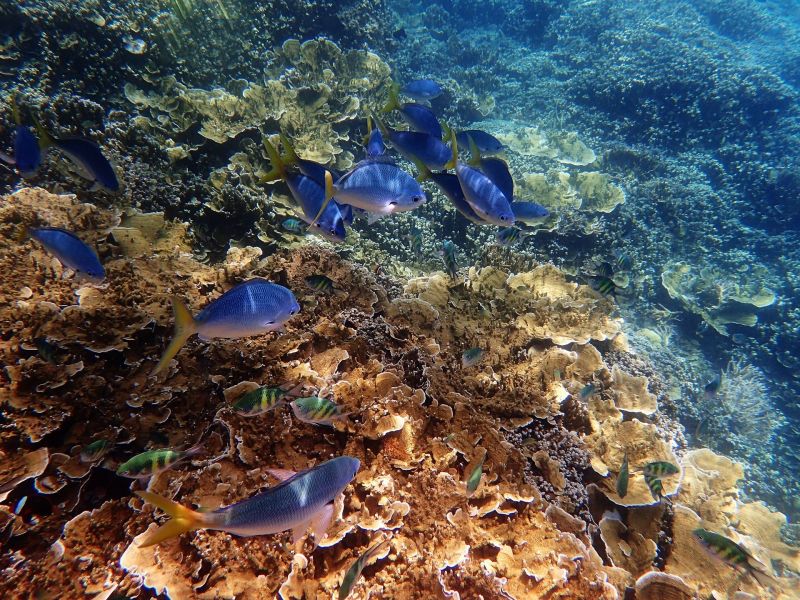
10 Places that Can Disappear Due to Global Warming: Visit them Now
It's time to hop on a plane and see these spellbinding places around the world while you still have a chance
As global warming intensifies, world’s most beautiful destinations struggle for survival. The effects of climate change endangered some of the most beautiful places on earth - from awe-inspiring ice caps to breathtaking coral reefs to world’s most gorgeous wine regions.
What once looked like science fiction, today has become a reality - some of the world’s most beautiful places might never be the same or disappear entirely in the near future. Here is the list of top 10 places to visit before it’s too late.
The Seychelles, Indian Ocean

The Seychelles is an archipelago of 115 islands scattered in the Indian Ocean. This tropical paradise, located 932 miles from mainland Africa, is a dream come true for honeymooners. Clear turquoise warm waters, blindingly white sand, fantastic coral gardens underwater, and friendly giant Aldabra tortoises - do we need to carry on? Unfortunately, this heaven on earth is heavily threatened by rising sea levels - it faces painful coral die-off and scientists believe it is in danger of disappearing in the next 50 to 100 years. No need to wait - it’s time to buy a plane ticket!
The Maldives, Indian Ocean

The Maldives is another paradise on the earth that lures travelers from around the world to spend at least one night in an overwater bungalow. These 1,192 coral islands sit just 1.8 meters above sea level making this country the lowest in the world. Have you caught yourself dreaming about idyllic beaches with crystalline waters? The good news is that you can still live your dream, the bad news - not much time might left for long term planning. If global warming isn’t stalled, this dreamy vacation destination will suffer from extensive coastal erosion, reef damage, and - the worst case scenario - could vanish underwater at the end of the century.
Rio de Janeiro, Brazil

Once one hears the name of Rio de Janeiro, samba rhythms come to head. Hot beaches, carnivals, and constant joie de vivre in the streets - Rio rightly earned its name of the Cidade Maravilhosa (the Marvelous City). Sadly, a gloomy cloud hangs above Brazil’s most flamboyant city. If the world’s temperature rises just by 3 degrees Celsius - as UN warns is already happening - parts of Rio, including famous beaches, such as Copacabana, as well as its airports, and inland areas where 2016 Olympic Games were held will be flooded by 2100.
Venice, Italy

Do you have a secret plan to surprise your better half with a romantic getaway to Venice? Built on a lagoon, the city of Venice - with its canals, bridges, and stunning architecture - is truly a perfect choice to submerge in a romantic adventure. But for how long? The city - that for centuries inspired artists and lovers - faces a serious danger of being flooded within one century. Venice already suffers from increasingly severe floods, and rising sea levels sound the alarm bells.
The Great Barrier Reef, Australia

World’s largest living reef system has long been a paradise for marine enthusiasts - nowhere on earth you will find such vibrant and colourful underwater experience. The Great Barrier Reef stretches over 344,400 square kilometres - the size of Japan - and is the only living thing on Earth that’s visible from space. However, according to recent study, increasing water temperatures have already caused a massive coral die-off over the span of two years. If we fail to prevent global warming from worsening, almost 60 % of the reef may be lost by 2030. The best travel advice is to go for this once-in-a-lifetime adventure while you can.
Glaciers of the Alps

If you still haven’t seen the scenic snow-capped peaks of the Alps, you should hurry to visit one of the most famous skiing regions in the world and take some mind-blowing pics. Sitting at a lower altitude than other mountain ranges (such as the Rocky Mountains), the Alps aren’t immune to climate change. Today, the glaciers are melting faster than ever - every year the largest mountain range in Europe loses around 3 % of glacial ice. Experts estimate that at such rate ice sheets could disappear entirely by 2050. Skiing resorts already record sharply shortened snow seasons - don’t wait until there are only bare slopes left.
The Dead Sea

You must try floating in the world’s saltiest water body - before it’s too late. The lowest place on earth - 431m below sea level - is shrinking as a result of climate change and rapidly reducing inflow of its main water source, the Jordan River. This natural wonder is vanishing before our eyes at a rate of one metre every year. Experts predict this natural wonder might disappear completely by 2050. It’s painful to say, but the sea that is 10 times saltier than oceans might evaporate in our lifetime. If you haven’t experienced the surreal feeling of buoyancy yet, hurry up.
French Polynesia, Pacific Ocean

Does Bora Bora or Tahiti have a place in your travel bucket list? If the answer is yes, we advise you to arrange your holiday plans to one of the heaven-like beaches of the French Polynesia. This tropical destination is faced with severely rising sea levels that might result in massive drowning of low-lying islands before the end of the century. The government of French Polynesia even started to think about building “floating islands” as the best option for the islanders. Since the clock is ticking, there is no need to wait until natural wonders become artificial ones.
Glacier National Park, Montana

Majestic Glacier National Park, located in Northwest Montana, is an oasis for nature lovers and those who seek a soothing retreat. Yet this magnificent place - that covers 1,583 square miles and has been called the “Crown of the Continent” - is losing its glaciers. Currently, there are only 25 out of 150 left. The worst news is that it seems it’s too late to save the remaining glaciers. Scientists predict that all of the park’s glaciers will be gone by 2030. If you want to get a closer look at awe-inspiring glaciers, you better do it now.
The Rhone Valley, France

If you’re a fan of visiting the best wine regions around the world, one of them - the famous Rhone Valley in southern France - might soon not be an option. Global warming upsets the fragile temperature balance required to cultivate wine grapes. If the climate change remains unrestrained, the Rhone Valley will become unsuitable for raising exquisite Côtes du Rhône by 2050. If you want to experience the spirit of wine region with a history dating back to pre-Roman times, don’t miss the chance to book the nearest flight to France.
Our planet is fighting a hard fight, and all these stunning places are still for us to explore - don’t miss a chance to embark on mind-blowing travel adventures.






